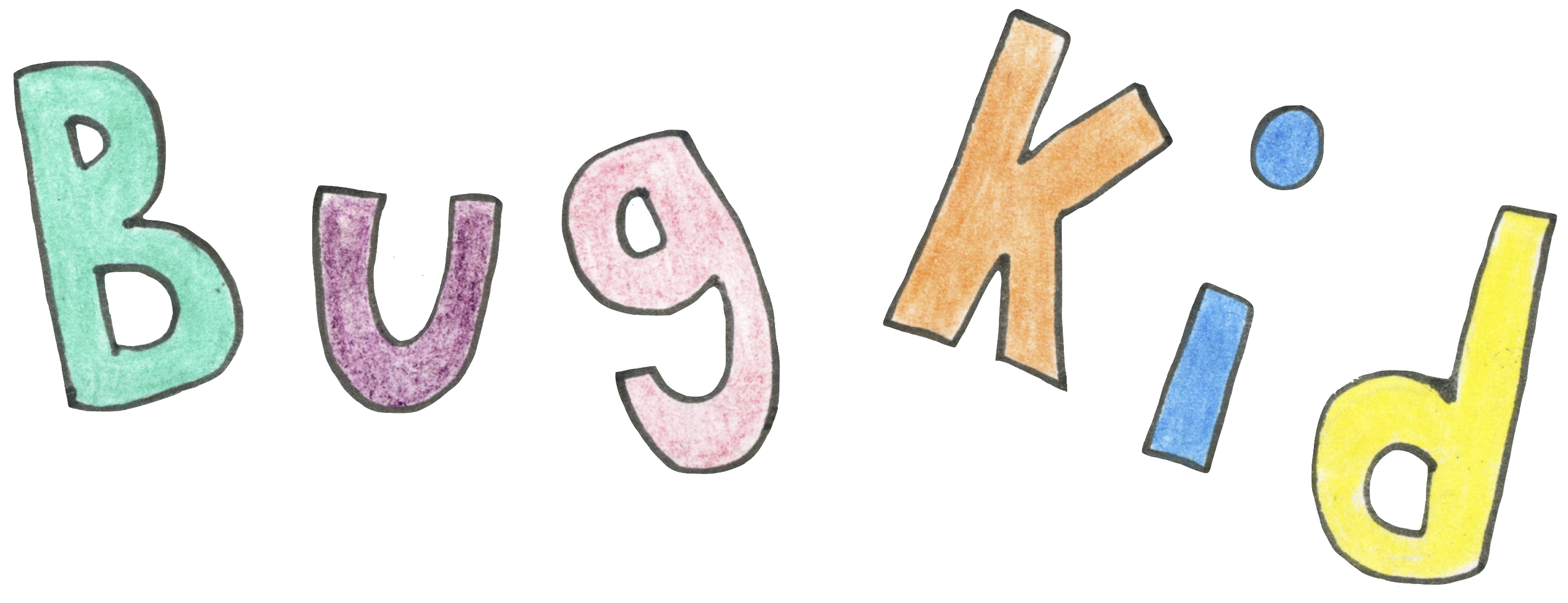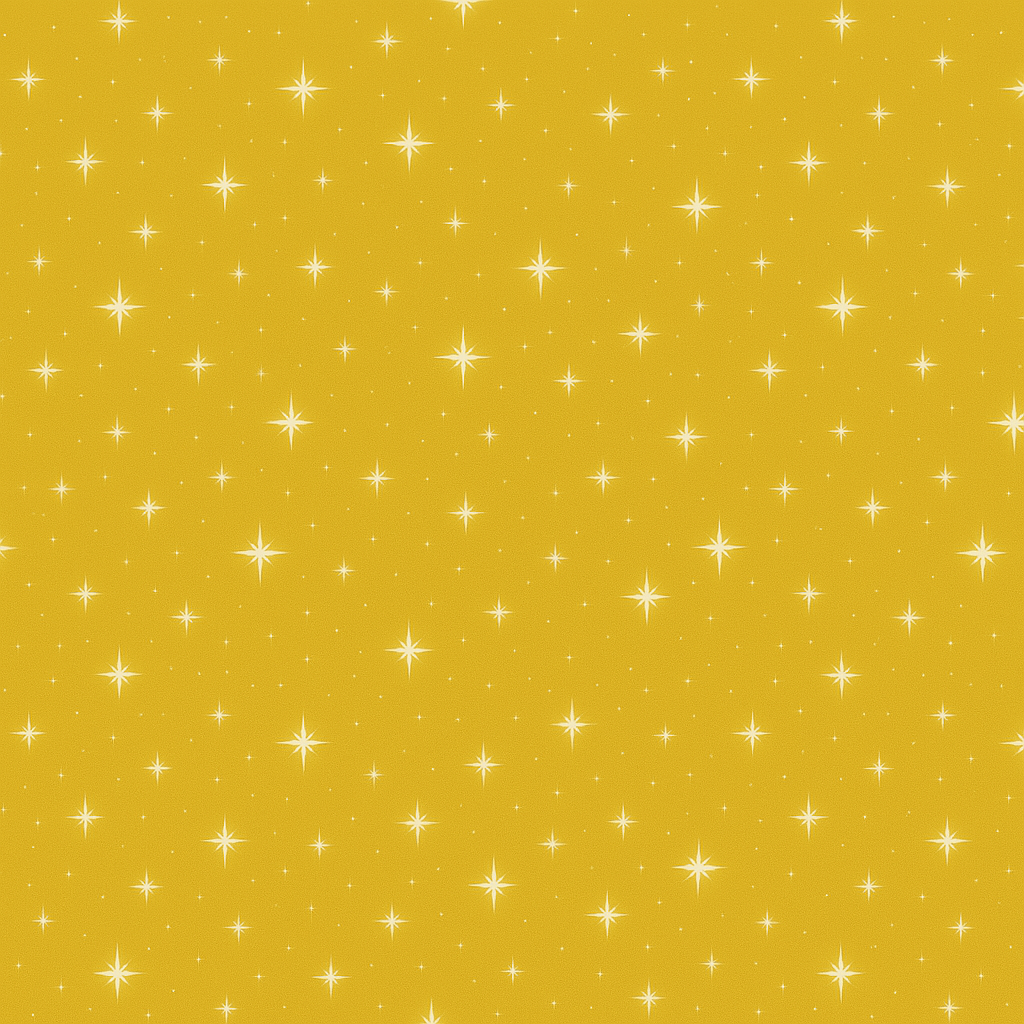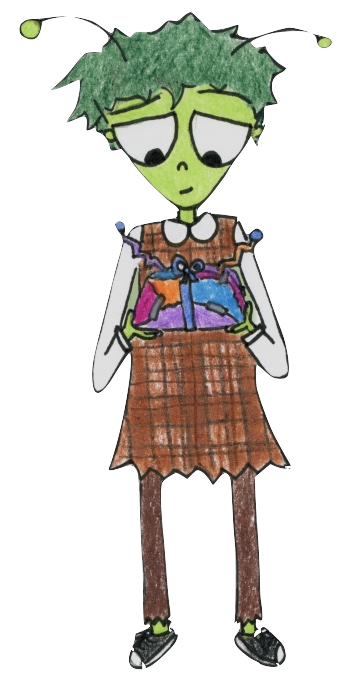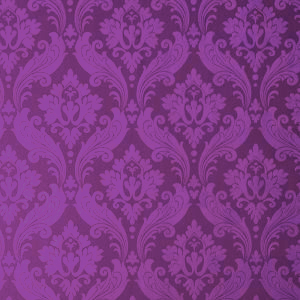The fusion of modern 3D web capabilities with retro aesthetic sensibilities creates uniquely engaging user experiences. This tutorial walks through creating 3D elements that complement retro interfaces.
Setting Up Your Environment
Begin by setting up a Three.js environment in your project. This powerful library makes 3D rendering accessible in the browser:
npm install three @react-three/fiber @react-three/dreiCreating Low-Poly Models
Low-poly modeling aligns perfectly with retro aesthetics while keeping performance optimal. When creating models:
- Use limited vertex counts to maintain the "chunky" retro feel
- Opt for solid colors rather than complex textures
- Exaggerate proportions for visual impact
Lighting for Nostalgic Effect
Lighting plays a crucial role in creating that retro vibe:
// Add dramatic directional lighting
const directionalLight = new THREE.DirectionalLight(0xffffff, 1);
directionalLight.position.set(5, 5, 5);
scene.add(directionalLight);
// Add ambient light to soften shadows
const ambientLight = new THREE.AmbientLight(0x404040);
scene.add(ambientLight);
Adding Retro Post-Processing
Post-processing effects can further enhance the nostalgic feel:
- Pixel shaders to create a low-resolution look
- RGB shift effects that mimic old CRT monitors
- Subtle grain or noise to add texture
By combining these techniques, you can create immersive 3D elements that perfectly complement your retro interface design.




